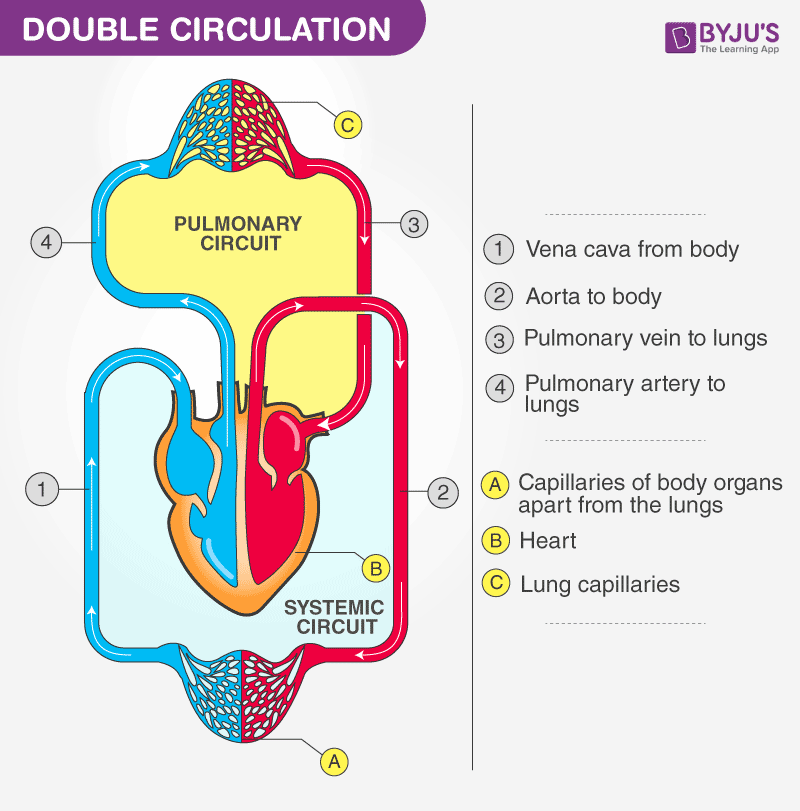
However, the recent emergence of novel technologies for investigating tissue-specific transcription regulatory mechanisms and genetic networks at genome-wide levels has provided new avenues into understanding CCS development and homeostasis. via electrocardiograms see Box 1) the electrophysiological properties of CCS structures ( Mangoni and Nargeot, 2008 Christoffels et al., 2010 Munshi, 2012), the molecular mechanisms controlling CCS development are still insufficiently understood. Although progress has been made in understanding and analysing (e.g.

ablation, electronic pacemaker implantation) intervention ( Wolf and Berul, 2006). Together, these fast-conducting structures (the AVB/His bundle, the left and right BBs, and the Purkinje fibre network) are referred to as the ventricular conduction system (VCS).Ĭongenital anomalies or diseases resulting in impaired development or function of CCS components can lead to severe arrhythmias that require therapeutic (e.g. It conducts the impulse to the left and right bundle branches (BBs) and the Purkinje fibre network, which activates the ventricular myocardium ( Fig. 1). The only electrical passage from atrial to ventricular myocardium is formed by the fast-conducting atrioventricular bundle (AVB), or His bundle, which is connected to the AVN and runs through the crest of the ventricular septum. The atrial and ventricular myocardial tissues are electrically isolated from one another by a plane of connective tissue formed by the annulus fibrosus and central fibrous body. This delay allows the atria to contract and allows the ventricles to fill before the ventricles themselves are activated and contract. The impulse is then rapidly propagated through the atrial myocardium and reaches the atrioventricular node (AVN), where it is slowed down. For example, specialized pacemaker myocytes in the sinoatrial node (SAN), which is located at the junction of the right atrium and the superior caval vein, generate the impulse. In the developed heart, these functions are performed by the cardiac conduction system (CCS), which is made up of various components that each carry out a particular task ( Fig. 1). From the beginning of its formation, the heart itself generates and propagates the electrical impulse that is required to initiate coordinated contractions to efficiently pump blood throughout the body.

Heart function starts early during embryogenesis and is crucial to supply the embryo with nutrients and oxygen.


 0 kommentar(er)
0 kommentar(er)
